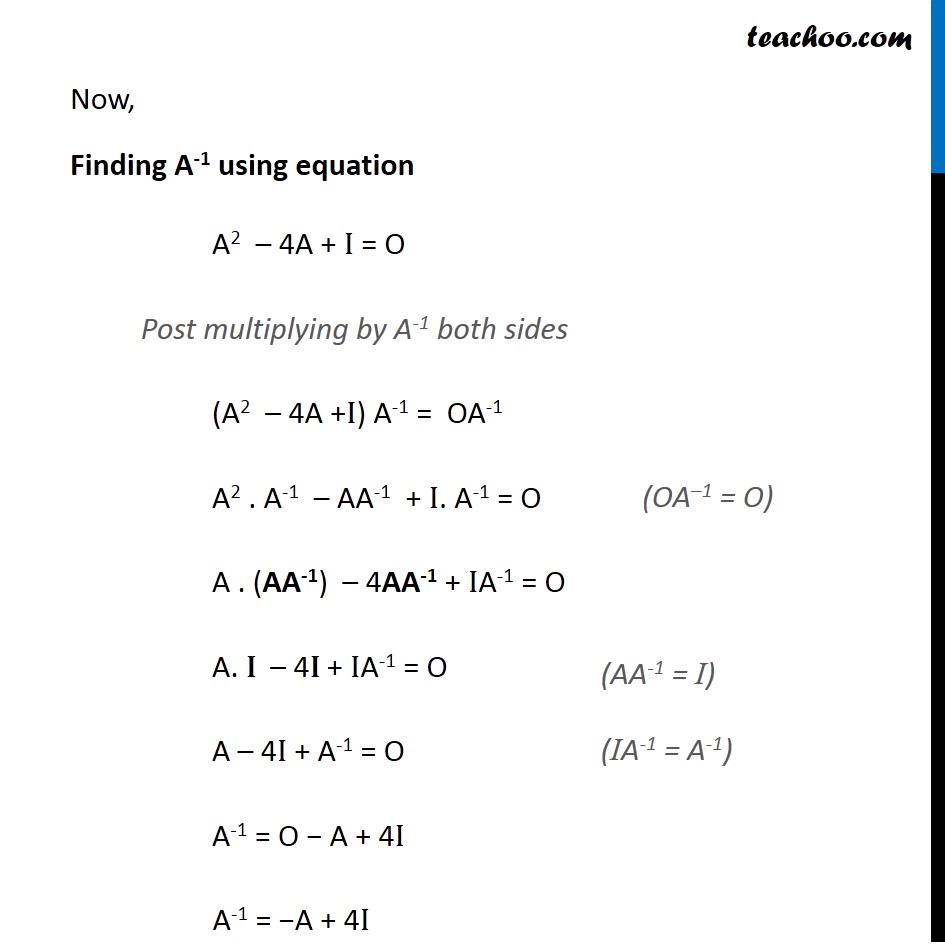Motrix 1 1 3 Multiplication
Motrix 1 1 3 Multiplication

- 3.OA.A.1— Interpret products of whole numbers, e.g., interpret 5 × 7 as the total number of objects in 5 groups of 7 objects each.For example, describe a context in which a total number of objects can be expressed as 5 × 7.
Operations and Algebraic Thinking
3.OA.A.1— Interpret products of whole numbers, e.g., interpret 5 × 7 as the total number of objects in 5 groups of 7 objects each.For example, describe a context in which a total number of objects can be expressed as 5 × 7.
- 3.OA.A.2— Interpret whole-number quotients of whole numbers, e.g., interpret 56 ÷ 8 as the number of objects in each share when 56 objects are partitioned equally into 8 shares, or as a number of shares when 56 objects are partitioned into equal shares of 8 objects each.For example, describe a context in which a number of shares or a number of groups can be expressed as 56 ÷ 8.
Operations and Algebraic Thinking
3.OA.A.2— Interpret whole-number quotients of whole numbers, e.g., interpret 56 ÷ 8 as the number of objects in each share when 56 objects are partitioned equally into 8 shares, or as a number of shares when 56 objects are partitioned into equal shares of 8 objects each.For example, describe a context in which a number of shares or a number of groups can be expressed as 56 ÷ 8.
- 3.OA.B.5— Apply properties of operations as strategies to multiply and divide.Students need not use formal terms for these properties.Example: Knowing that 8 × 5 = 40 and 8 × 2 = 16, one can find 8 × 7 as 8 × (5 + 2) = (8 × 5) + (8 × 2) = 40 + 16 = 56. (Distributive property.)Example: If 6 × 4 = 24 is known, then 4 × 6 = 24 is also known (Commutative property of multiplication.) 3 × 5 × 2 can be found by 3 × 5 = 15, then 15 × 2 = 30, or by 5 × 2 = 10, then 3 × 10 = 30. (Associative property of multiplication.)
Operations and Algebraic Thinking
3.OA.B.5— Apply properties of operations as strategies to multiply and divide.Students need not use formal terms for these properties.Example: Knowing that 8 × 5 = 40 and 8 × 2 = 16, one can find 8 × 7 as 8 × (5 + 2) = (8 × 5) + (8 × 2) = 40 + 16 = 56. (Distributive property.)Example: If 6 × 4 = 24 is known, then 4 × 6 = 24 is also known (Commutative property of multiplication.) 3 × 5 × 2 can be found by 3 × 5 = 15, then 15 × 2 = 30, or by 5 × 2 = 10, then 3 × 10 = 30. (Associative property of multiplication.)
- 3.OA.B.6— Understand division as an unknown-factor problem.For example, find 32 ÷ 8 by finding the number that makes 32 when multiplied by 8.
Operations and Algebraic Thinking
3.OA.B.6— Understand division as an unknown-factor problem.For example, find 32 ÷ 8 by finding the number that makes 32 when multiplied by 8.
- 3.OA.C.7— Fluently multiply and divide within 100, using strategies such as the relationship between multiplication and division (e.g., knowing that 8 × 5 = 40, one knows 40 ÷ 5 = 8) or properties of operations. By the end of Grade 3, know from memory all products of two one-digit numbers.
Operations and Algebraic Thinking
3.OA.C.7— Fluently multiply and divide within 100, using strategies such as the relationship between multiplication and division (e.g., knowing that 8 × 5 = 40, one knows 40 ÷ 5 = 8) or properties of operations. By the end of Grade 3, know from memory all products of two one-digit numbers.
Motrix 1 1 3 Multiplication Sheets
Motrix 1 1 3 Multiplication Worksheets
A full-featured download manager. Contribute to agalwood/Motrix development by creating an account on GitHub. A full-featured download manager. Features 🕹 Simple and clear user interface 🦄 Support BitTorrent & Magnet ☑️ BitTorrent selective download 📡 Update tracker list every day automatically 🔌 UPnP & NAT-PMP Port Mapping 🎛 Up to 10 tasks concurrently download 🚀 Single task maximum support 64 thread download 🕶 Mock User-Agent 🔔 Download completed Notification. The most common are 2×2, 3×3 and 4×4, multiplication of matrices. The operation is binary with entries in a set on which the operations of addition, subtraction, multiplication, and division are defined. These operations are the same as the corresponding operations on real and rational numbers. Today’s lecture. Cannon’s Matrix Multiplication Algorithm. 2.5D “Communication avoiding”. SUMMA ©2012 Scott B. Baden /CSE 260/ Fall 2012 3. Matrix Multiplication (1 x 3) and (3 x 1) Multiplication of 1x3 and 3x1 matrices is possible and the result matrix is a 1x1 matrix. This calculator can instantly multiply.
Motrix 1 1 3 Multiplication
